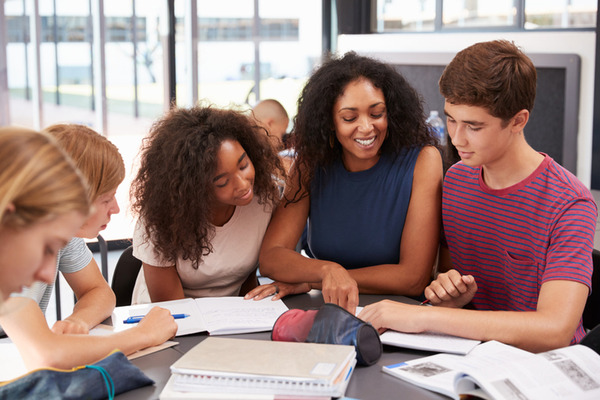Independent Learning: Fostering Independence Education In Young Children

Kids don’t have to feel pressured while they are learning. Parents want their children in a friendly and pressure-free learning environment. Children start independent learning through a playgroup hong kong independence education to young children.
Independent learning
Independent learning is to allow kids to take ownership of their education. Learning and exploring topics of interest is a skill that serves students for a lifetime. Children start to develop their skills without feeling pressured. Independent learners hold all the tools required to take learning into their own hands.
Independent learning investigates and explores new knowledge with lower involvement from an institution or instructor. Students do their research and ask queries rather than relying solely on materials that the teacher hands them. They take ownership of the educational path by setting goals and monitoring their progress. The type of student-centric learning has gained lots of traction with the popularization of the experienced exponential growth and the internet.
The main benefits of independent education
The benefits are directly related to student’s academic performance, such as:
- It boosts the student’s confidence and motivation
- It improves the student performance
- It helps better understand the student’s strengths and weakness
- It gives the teacher free time on concentrating different tasks and remediation
The four benefits offer direct outcomes of independent learners having a long-term view and control of the academic itinerary.

Why is independent education crucial?
It is crucial to encourage students to become independent learners. It gives kids direct outcomes on their academic performance. Independent learning arms the student with the soft skills that help them thrive in some areas of their lives, such as:
- Better time management
- Independence
- Organization and discipline
- Proactivity and initiative
Elements and strategies of independent education
Independent education can’t work in a teacher-centric environment. So, the first element of independent education is shifting to a student-centric environment. It is where students gain a higher-level comprehension of their learning. The responsibilities of the teacher are:
- helping the students structure their learning environment
- turning the class into a community of independent learners
The second element of independent education is self-regulation. The students are controlled by various aspects, such as:
- planning
- pacing
- evaluation
Self-motivation is also included in self-regulation.
The last element is the role of the teacher as the enabler. An independent education needs a strong student-teacher relationship with a high trust level. The teacher will work on these:
- adapt their approach to deadlines
- ensure access to relevant resources
- maintain open communication for:
- tasks
- student progress
Ways the students become independent learners!
Some ideas to get the students into their right mindset and give them the roadmap to underspending learning work are:
- Inspire them
- Check where they stand and aspire to be
- Mold them to become a person with a plan
- Give an impactful activity on time management
- Create structure and routine
- Help them enhance questioning skills
- Let them play while they are learning without pressure
- Give tools to track their progress
Learners start to become independent learners and boost their various skills, such as:
- Cognitive skills
- Metacognitive skills
- Affective skills

